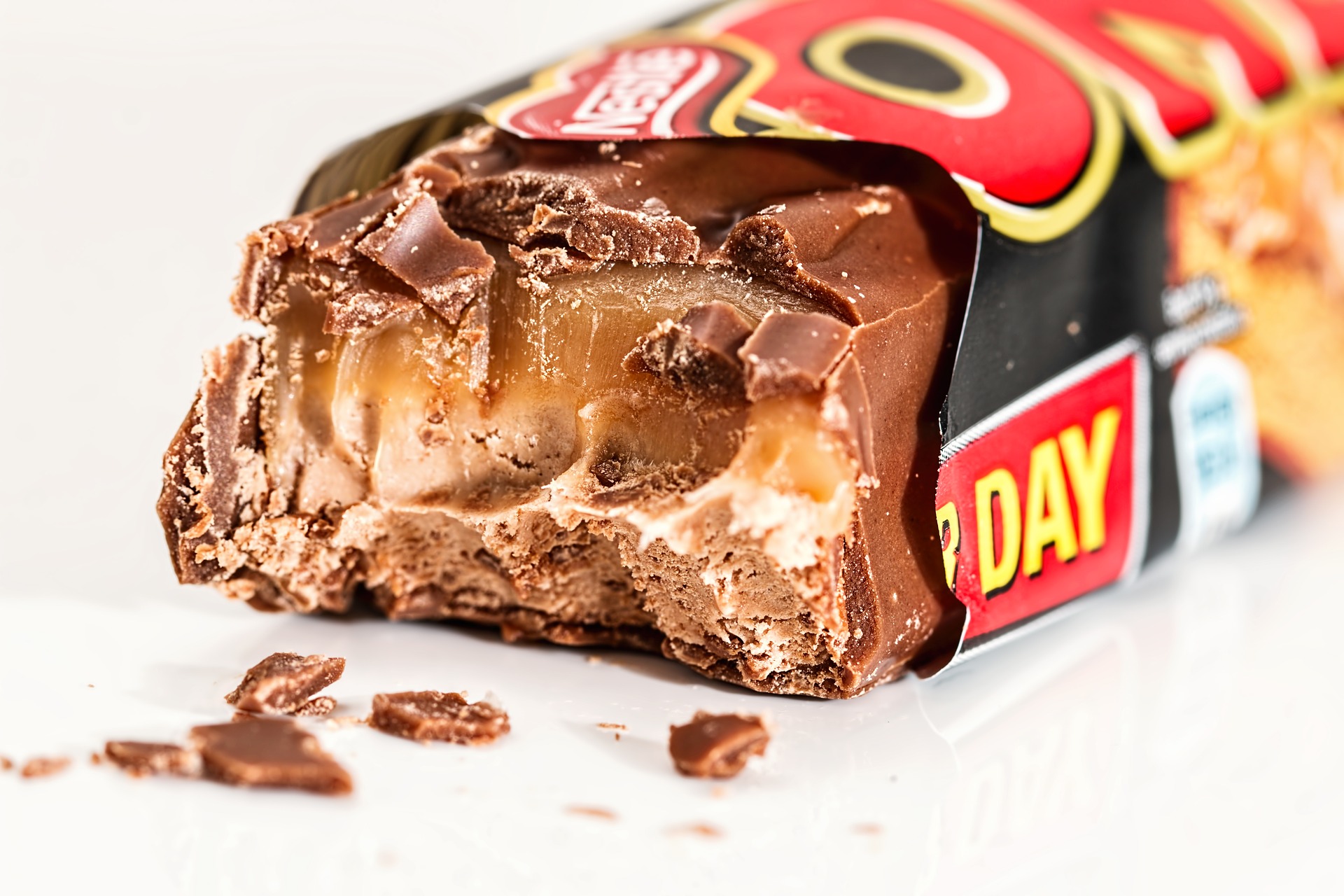Also known as snack bars or nutrition bars, let’s check out the history of energy bars.
And, are they really good for you, or are they just candy bars in disguise?
Definition: a bar-shaped food intended to boost physical energy, typically containing a combination of fats, carbohydrates, and proteins and fortified with vitamins and minerals.
What primarily differentiates energy bars with energy drinks is the lack of caffeine. (And the whole solid versus liquid thing.)
In the short time that energy bars have been around they have transcended from one identity to another. They started out as space food for astronauts, morphed into fuel for athletes, and now they’re used by everyday folks, as a healthful food-on-the-go, able to replace entire meals.
During the developmental years of space travel, getting food that was both fresh and flavorful for astronauts was a huge challenge.
Tang was one of the more successful food items that was brought into space. From there, it made its way to American breakfasts, during a time when only frozen, concentrated juice was available and fresh juice was rare.
Like Tang, energy bars started out in space and made their way to Earth. The first energy bars were called “Space Food Sticks,” released in the late 1960s, and they were manufactured by the Pillsbury Company.
Space Food Sticks were described as, “Non-frozen balanced energy (snacks) in rod form containing nutritionally balanced amounts of carbohydrate, fat, and protein.”
These versatile food bars came in varying flavors, including peanut butter, mint, and orange, and could slide easily into an airtight space in astronauts’ helmets.
Pillsbury, who had been supporting NASA, decided to extend Space Food Sticks to the public market. In doing so, they dropped “Space” from the name during the mid 1970s. Unfortunately, food sticks did not really take off.
Although, around the year 2000, fans of Space Food Sticks wanting to recapture their youth prompted a re-release of the energy bars in 2006.
The first energy bars commercially released for athletes were Power Bars in 1986.
Power Bars sparked a whole slew of different kinds of energy bars. These energy bars were advertised towards athletes as a source of high protein; they could also be used as excellent meal replacements for dieters.
Because America was increasing their snacking, creators of various energy bars changed the way they were promoting the food item. Today, energy bars are marketed towards everyone as a healthful food for in between meals. Or, as a meal in and of itself.
In addition, energy bars are now sold in convenience stores, gas stations, and super markets, being readily available for anyone’s impulse purchase.
Have energy bars turned into glorified candy bars? Not necessarily.
As with other food choices, consumers simply need to choose wisely – or, make your own.
Choosing energy bars that utilize natural sweeteners is recommended when looking for a real, healthful bar. Look for dried fruit, maple syrup, molasses, or brown rice syrup in the ingredients list; avoid corn syrup, glucose, and fructose.

Such an imievsspre answer! You’ve beaten us all with that!
Thanks so much for this post. I’m making a market research for my homemade energy bars entrepreneurship and this really helped me 🙂 Have a great day
Awesome, thanks for sharing Cynthia!